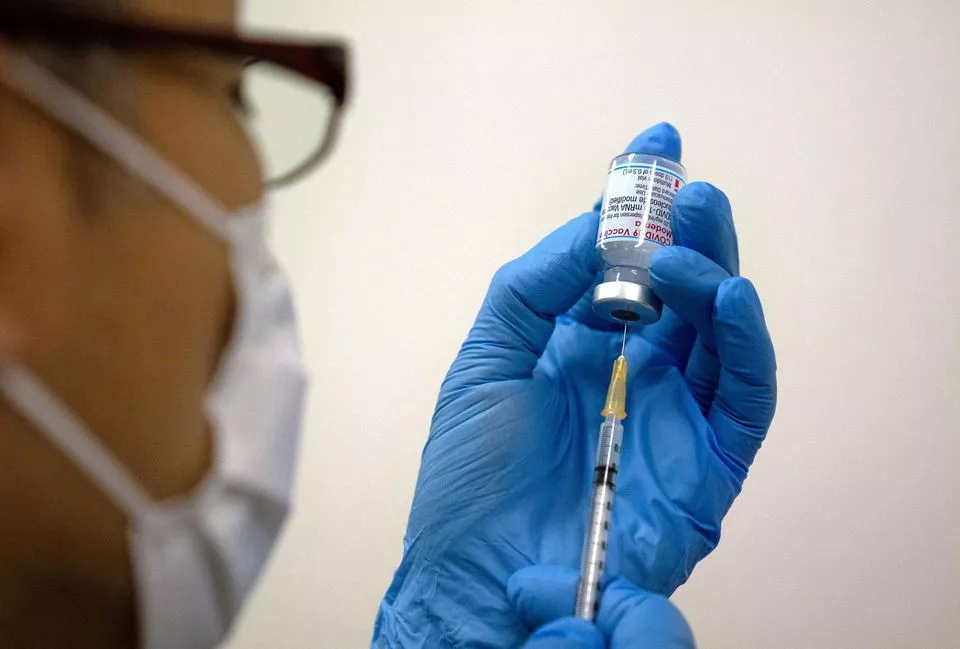3D vaccine patch shows promise
Vaccine patch is not only easy and effective but is also painless, less invasive and can be self-administered
A newly created 3D vaccine patch, mabe by scientists at the Stanford University and the University of North Carolina, has shown promise and if applied directly on the skin, will offer greater protection than the regular vaccine shots.
In a study conducted on animals, the immune response was comparably different when jabbed.
Published in the Proceedings of the National Academy of Sciences the 3D-printed microneedles are lined on a polymer patch, which is barely long enough to reach the skin and inject the vaccine. The patches absorbs into the skin and can easily be shipped and handled hassle-free.
Joseph M. DeSimone, lead study author and entrepreneur in 3D print technology said: "In developing this technology, we hope to set the foundation for even more rapid global development of vaccines, at lower doses, in a pain- and anxiety-free manner."
The vaccine patch is not only easy and effective but is also painless, less-invasive and can be self-administered. The patch saves doses as compared to needle and syringe vaccines, due to their effectiveness.
In the study, it was noted the patch generated a significant T-cell and antigen-specific antibody response, which was 50 times greater than a subcutaneous injection.
Using 3D printing, vaccine patches can be customised and developed for flu, measles, hepatitis or Covid-19 vaccines.


COMMENTS
Comments are moderated and generally will be posted if they are on-topic and not abusive.
For more information, please see our Comments FAQ